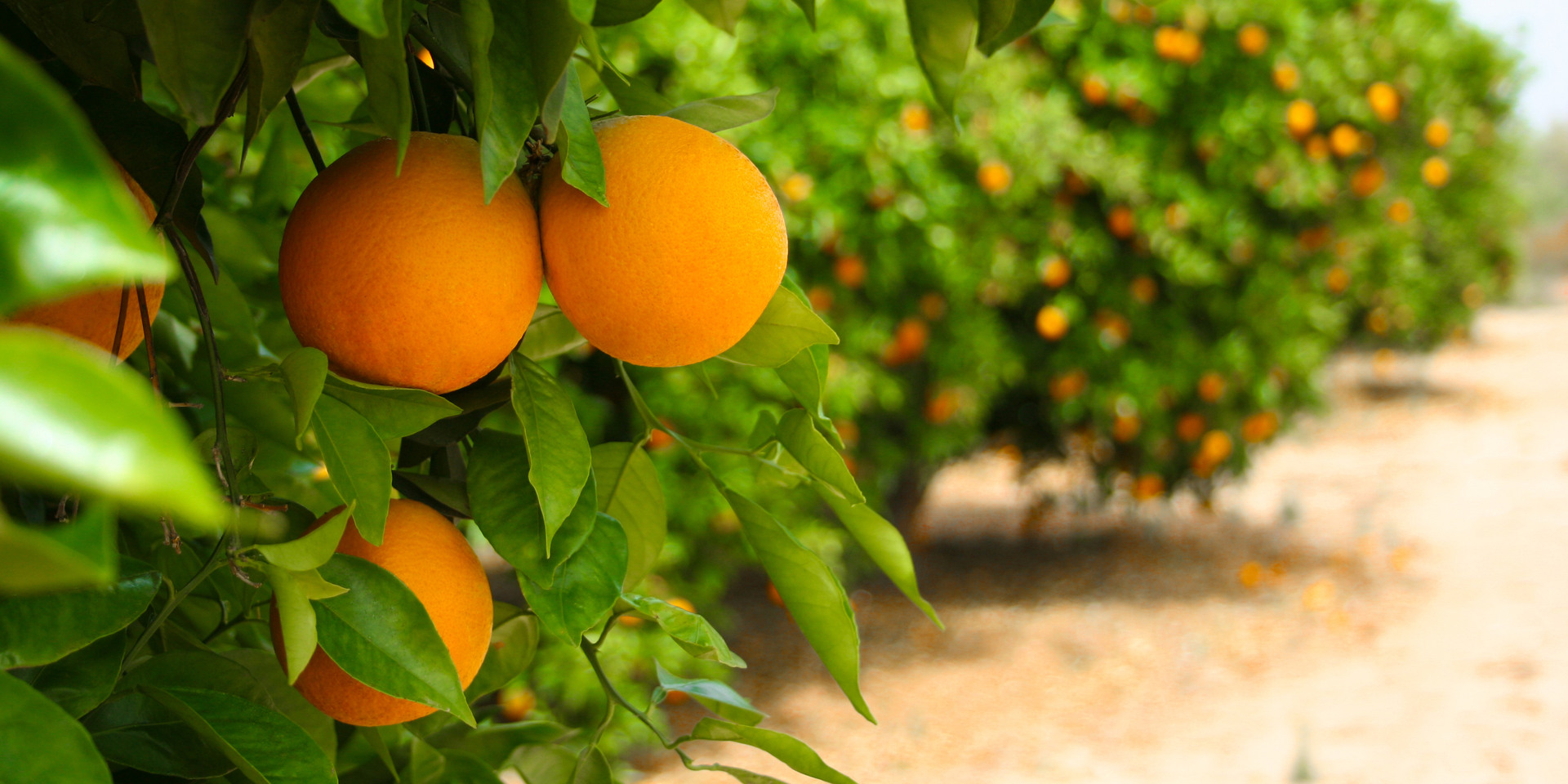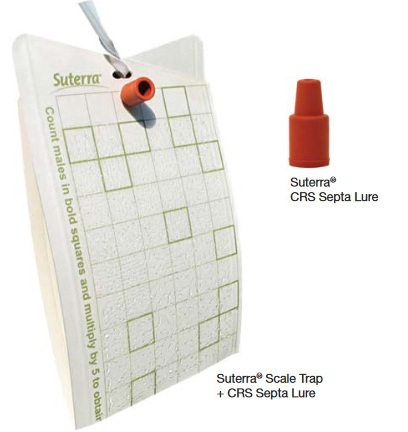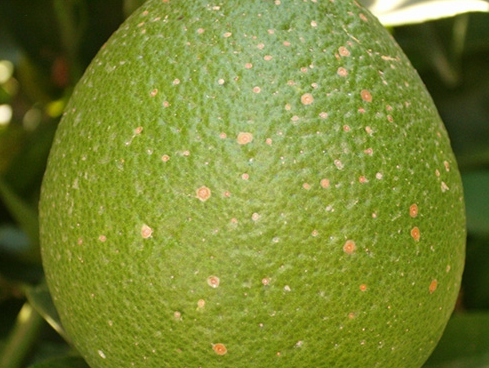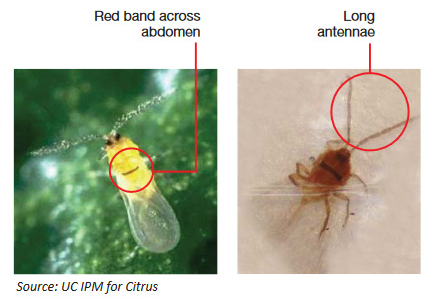Effective Monitoring and Control of California Red Scale in Citrus Groves
Suterra
Apr 25, 2024 9:15:00 AM


With spring almost here, it’s a great idea for citrus growers to monitor their fields for California red scale, if they haven’t already. Need a quick refresh on best monitoring practices for CRS? We’ve got you covered.
It’s possible to track male flights of the California red scale species for streamlined Integrated Pest Management (IPM) in citrus. Although the number of flights and generations varies based on the season and geographical location, there are typically 4-5 distinct flights per year. To better understand the flights in your region, citrus growers and their Pest Control Advisers are encouraged to begin monitoring their fields in the early part of the year (February - March).
To begin monitoring for the season, PCAs should put out sticky scale cards baited with pheromone lures. The first male catch can be used as a biofix date to begin counting degree days and get an estimate of when CRS flights are likely to occur throughout the season.
Because insects are poikilothermic (cold-blooded) their development is largely dependent on warmer temperatures. This is why it’s crucial to track both time and temperature in a given area to predict population cycles. There are several online tools available to help growers easily calculate degree days, such as this page provided by UC IPM.
Suterra manufactures the highest quality pheromone lures for a variety of insect pests including California red scale. Suterra’s septa lure is a reliable choice for monitoring; it is a small rubber piece that consistently releases pheromone attractive to CRS males into citrus groves for a period of 30 days. The lures are inserted into traps as shown below:

There should be at least two traps for every 10 to 20 acres of grove or a minimum of two per block. The best placement for traps is within the tree canopy, five to six feet from the ground. Avoid trap deployment near CheckMate® CRS dispensers, if possible, as interior canopies with extra pheromone from mating disruption may influence numbers. Growers decide their trap check intervals, but generally traps are checked every two weeks and lures should be replaced monthly.
Suterra scale cards have a bolded square pattern to help reduce counting time in higher populations. If there are fewer than 200 male scales on a card, you should count every male on the trap. For anything greater than that amount, count males in the bold squares and multiply by five to quickly estimate the total number of insects on the card. Keep in mind that pheromone trap thresholds may differ among groves, especially those with and without mating disruption. Growers should work with their PCAs to establish meaningful trap thresholds to best inform their IPM decisions.
In addition to utilizing pheromone traps, it's important to conduct monthly visual scans of citrus fruits to scout for significant clusters of CRS, as well as perform bin counts of infested fruit at harvest. The suggested sample size for in-season visual scouting is 25 fruits or 10 branches per tree and 20 trees per block.
Infested fruit will have small reddish blemishes that cover the rind, as shown below. These ‘blemishes’ are actually female California red scale, which develop a protective cap over their immobile body. Growers are encouraged to keep CRS levels below ten scales per citrus fruit. Dead scales tend to flake off fruit easily, and packing houses may use fruit washers to reduce aesthetic injury.

The first step of any Integrated Pest Management program is to correctly identify the pest. As PCAs are out checking traps, they must determine if insects captured are indeed California red scale.
Suterra’s septa lures are helpful in this aspect because they are species specific and imitate the sex pheromone of female CRS, so only males are drawn to the trap. Those who have dealt with infestations are likely already familiar with the immobile, shielded form of the female insect, but will also have to learn what male CRS look like in order to effectively make treatment decisions.
Unlike females of the species, CRS males are mobile and look closer to tiny flies than their female counterparts. They have a pair of wings, long antennae, and are yellowish in color. To identify males with certainty, look for the horizontal red band across their thorax, as shown in the photo below. Be careful not to confuse CRS males with the Aphytis wasp, which is similar in size and color but does not have a dark band across its thorax.

Male CRS are extremely small (~1.0-1.3mm long). Anyone checking traps may benefit from bringing a hand lens or other magnifying device with them out to the field.
If trap counts of California red scale are high, it’s time to consider what kinds of management techniques might work well for your groves. If left unchecked, CRS can cause major cosmetic damage to citrus and with time substantially damage the tree itself. Red scale has developed resistance to conventional insecticides, so it is in the best interest of growers to leverage a variety of control tactics to keep this pest at low levels.
Suterra’s CheckMate® CRS dispenser has been a keystone of many citrus growers’ IPM strategy since its release in 2017 and is approved for use in conventional and organic systems. When enough of this pheromone is emitted into the environment, it overwhelms males of the species and prevents them from reproducing, significantly reducing populations and crop damage.
Please visit Suterra’s product pages for additional details and contact our team to learn more about our monitoring and mating disruption solutions.
*Information provided herein does not constitute a recommendation. Always consult with your licensed Pest Control Adviser to determine the best pest management practices and timings for your operation. Adhere to state and local regulations and the current pesticide label and check with your organic certifier.